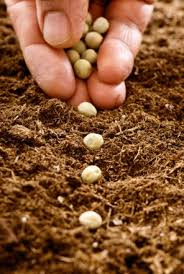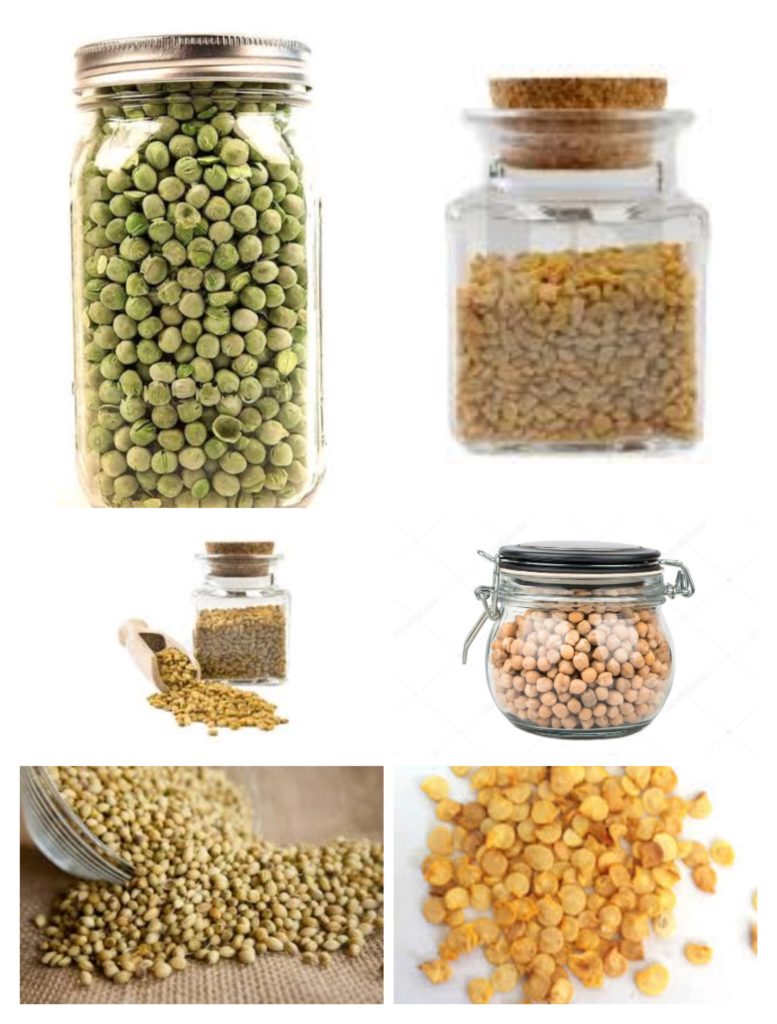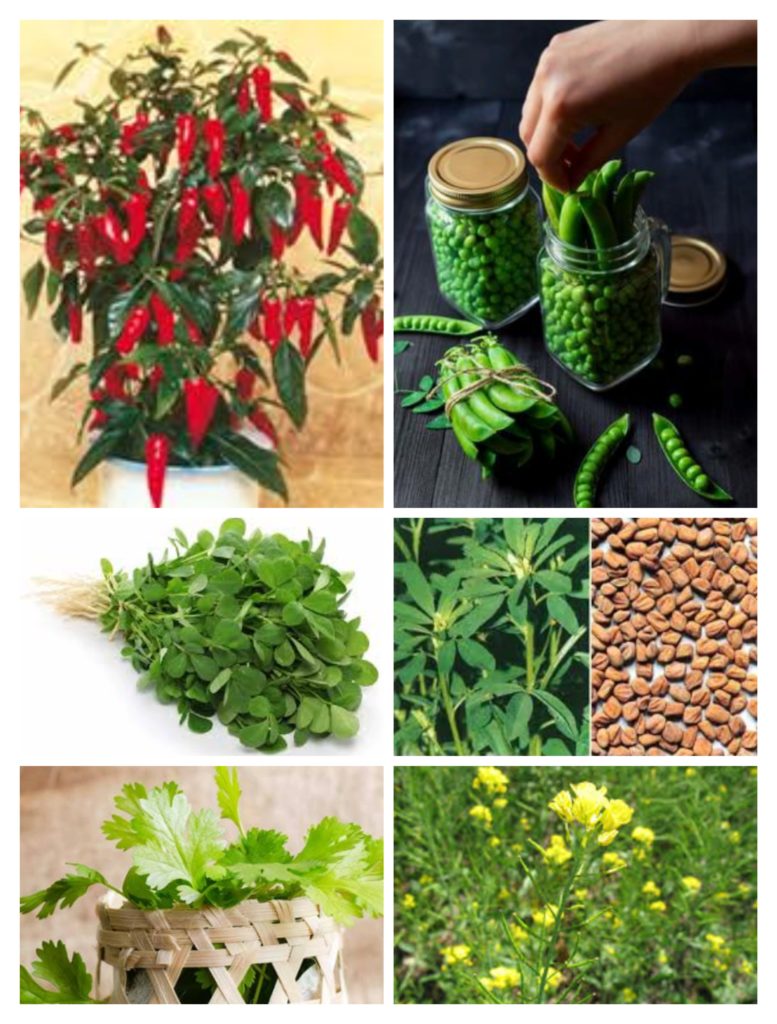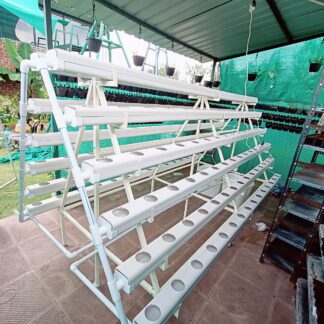In the olden days, backyards were used for growing a variety of vegetables depending upon the season. Lush green garden, flavorful fruits and vegetables hanging on the branches gave immense pleasure and potential health benefits. As the wheel of time spins ceaselessly to give way to a new era, pesticides dusted vegetables at reasonable prices and scantiness of time has replaced home-grown vegetables.

Kitchen Garden: A Revolutionary Concept
A Kitchen Garden is an area dedicated to growing herbs, fruits and vegetables for household consumption. Be it native or exotic, many vegetables can be cultivated to make culinary delights.
#Grow your own Vegetable
The wheel of time has spun again, and the populaces have recognized the detrimental effects of consuming pesticide-dusted vegetables. It bolstered the “#Grow Your Own Vegetable” approach and encouraged folks to establish a Kitchen Garden. And growing your own vegetables is fun as well as rewarding.
Rewards of growing veggies at home
The garden-fresh, crispy veggies will tickle your taste buds, save your pennies and proffer delicacy to your delicious dishes. Apart from being inexpensive, the satisfaction of growing your own vegetables is undeniably high.
6 Seeds that every kitchen has-
Our quest for the easily available seeds ended up in the Kitchen. Following seeds are recommended for setting a kitchen garden as they have a special place in every kitchen cabinet:

- Coriander (Dhaniya)
- Fenugreek (Methi)
- Mustard (Sarson)
- Chick Pea (Kabuli Chana)
- Chillies (Mirchi)
- Pea (Matar)
6 Simple Steps to GROW:
- 1. Collecting the Seeds:
- All the seeds can be found in canisters placed in your cabinets, forbye chilli seeds. To extract chilli seeds, slit open an unripe chilli with a sharp knife and release the seeds from it by using your fingers. Alternatively, dried red chillies can be used. Air-dry the seeds.
- 2. Soaking:
- Soaking the seeds before planting is a gardening hack that every old gardener would suggest. To expedite seed germination, soak the seeds in a container before sowing. It ensures that the germination time is reduced.
- Does every seed require soaking?
- Seeds such as tomato, chilly, fenugreek, mustard, peas, coriander, beans, etc. that have hard coats are required to be soaked.
- for Soaking: 12-24 hours
- Prefer water just warmer than your body temperature
- 3. Pick a Pot:
- Fill up the pot or container 3/4th with a mixture of coco peat and perlite. It makes gardening effortless and lighter. Furthermore, it provides a porous media to plant roots.
- 4. Sow the Seeds:
- Prick the cocopeat media with your finger about an inch i.e. the first joint of an index finger at the equidistance. At the moment first thing to note is that except coriander and fenugreek, all the other four varieties of seeds should be grown in a small container initially. Place a single seed in each hole. Then sprinkle some cocopeat to cover the seeds for germination. Sprinkle small amount of water to keep them moist. Monitor the progress daily. Be careful of keeping the cocopeat moist but not waterlogged.
- 5. Transplantation:
- When the seedlings become 2-3 inches tall bearing a set of seed leaves and true leaves, it indicates that it is time to transplant the seedlings into a bigger pot.
- Feed the plant with nutrients and water. Either use organic manure or nutrient solution to provide necessary growth nutrients to satiate the growing needs of the plant.
- 6. Harvest:
- The sweet fruit of our hard work is ready in the form of fresh and aromatic garden vegetables! The long-awaited moment is reaping the crop. The technique and time of harvesting vary with the nature of crops. For instance:

- Coriander:
coriander crops will mature in 40-45 days. Harvest coriander by plucking individual leaves and stems from the base of the plant. The plant will flourish up to two or three more cycles.
- Fenugreek:
It is a fast-growing annual having an enticing flavor and will produce leaves that are ready to harvest within just 20-30 days of sowing. Perpetual harvests can be expected until the plant begins to blossom.
- Mustard:
Requires 30-40 days to reach the harvesting stage. The reaping should be done when the leaves are younger & tender.
- Chickpea–
Requires about 100 days to reach the harvesting stage.
- Chillies:
It requires about 120 Days to reach harvest. Chillies can be plucked 8-10 times while the ripe ones can be plucked 5-6 times.
- Peas
Takes about 60 to 70 days to harvest after planting. The maturation of Peas occurs very quickly. Keep your peas well picked to foster the development of more pods.
Garden to the Plate:
These crops possess a tremendous amount of qualities. Chillies are a rich source of Vitamin A, B, C, and E while peas are an excellent source of protein and fiber. Fenugreek helps in lowering blood sugar levels, boosting testosterone and reduces cholesterol, etc. Mustard contains magnesium and selenium, an element known for its anti-inflammatory effect. Coriander is extensively used due to its medicinal properties. Green Chickpeas are also a rich source of proteins and vitamins A and C.
Savour the flavour of “Sarson Da Saag” (Indian subcontinental dish made by using mustard greens), “Methi ki Bhaaji” (Fenugreek Greens) and Chane ki bhaaji (Chickpea greens). Garnish your dishes with aromatic coriander leaves and spice it up with hot chillies. Do experiment with sweet peas.
WE hope this information will help you to establish your own wonderful kitchen garden in the kitchen windowsill, backyard or corridor. Once you grow the plants, you’ll be rewarded with green fresh vegetables all year long!




